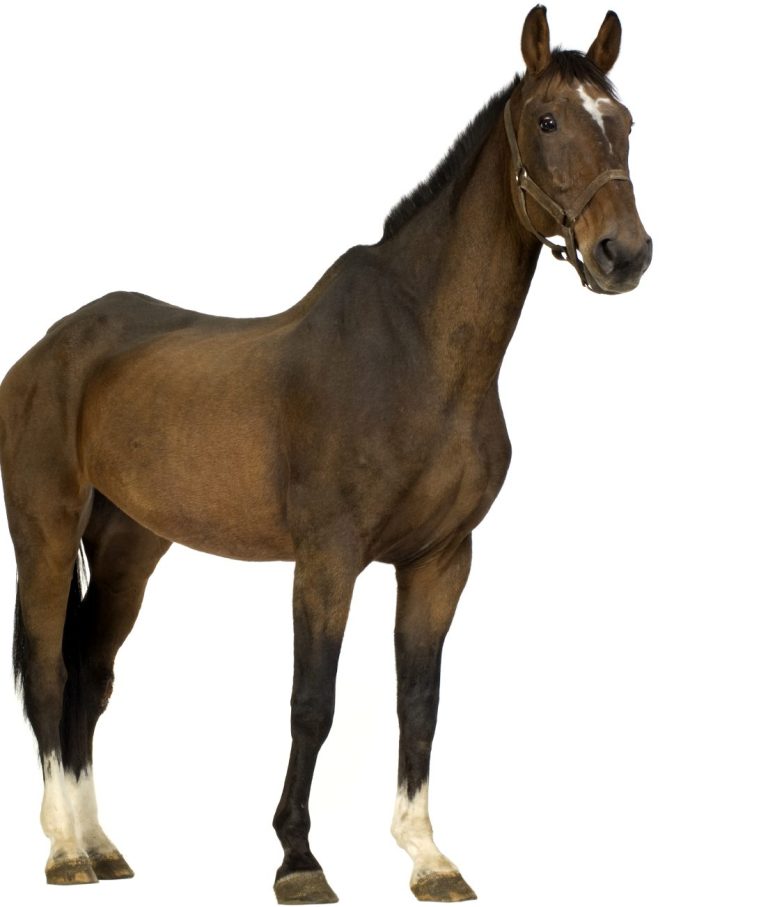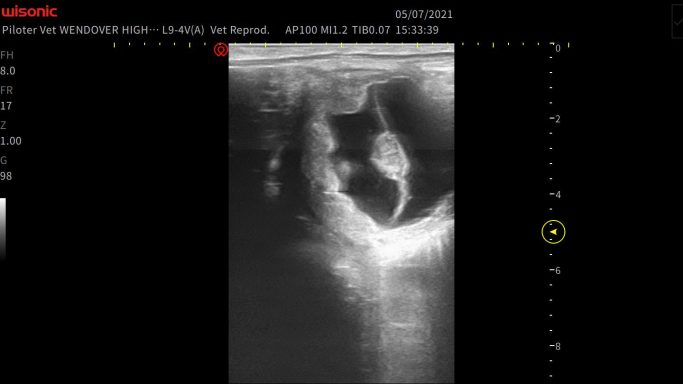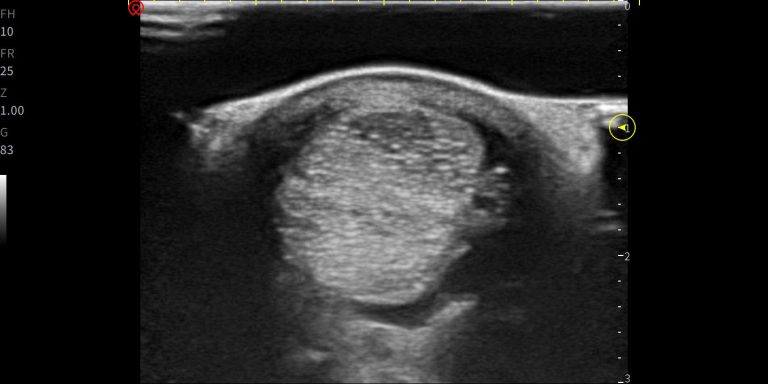Farm Animal Reproduction

Equine Reproduction
In veterinary medicine, dairy cow reproduction is a crucial aspect of herd health. Bovine reproduction involves various techniques and technologies to ensure successful breeding and pregnancy.
One common method used by veterinarians is the use of ultrasound scans to monitor the reproductive organs of cows. These scans are often performed using lightweight, handheld, battery-operated ultrasound scanners that allow for easy and efficient examination.
By utilizing these advanced tools, veterinarians can accurately assess the reproductive health of dairy cows and make informed decisions to optimize breeding and fertility within the herd.
Overall, proper management of dairy cow reproduction is essential for maintaining a healthy and productive herd, and farm animal veterinary professionals play a key role in ensuring successful outcomes.

Equine Tendon Ultrasound

Equine tendon injuries pose a significant concern within the owners. These injuries commonly arise from the strains associated with sports or excessive exertion in horses. In cases where such an injury is suspected, a thorough expert veterinary investigation becomes imperative to accurately diagnose the extent of the ligament damage. One of the most readily available tool to veterinarian is portable ultrasound scanner.
The duration of healing for equine tendon injuries varies contingent upon the severity of the harm inflicted. Consequently, it becomes paramount to closely monitor the progress of the healing process to ensure optimal recovery. Regular follow-up examinations utilizing veterinary ultrasound scanners are indispensable for assessing advancements and making any necessary modifications to the treatment regimen. Exercise assumes a pivotal role in rehabilitating equine tendon injuries.
However, striking an equilibrium between rest and activity is crucial to prevent exacerbating the injury. Veterinary scanners prove invaluable in tracking the healing process and determining the appropriate level of exercise required for the horse's recovery.
L
We need your consent to load the translations
We use a third-party service to translate the website content that may collect data about your activity. Please review the details in the privacy policy and accept the service to view the translations.




